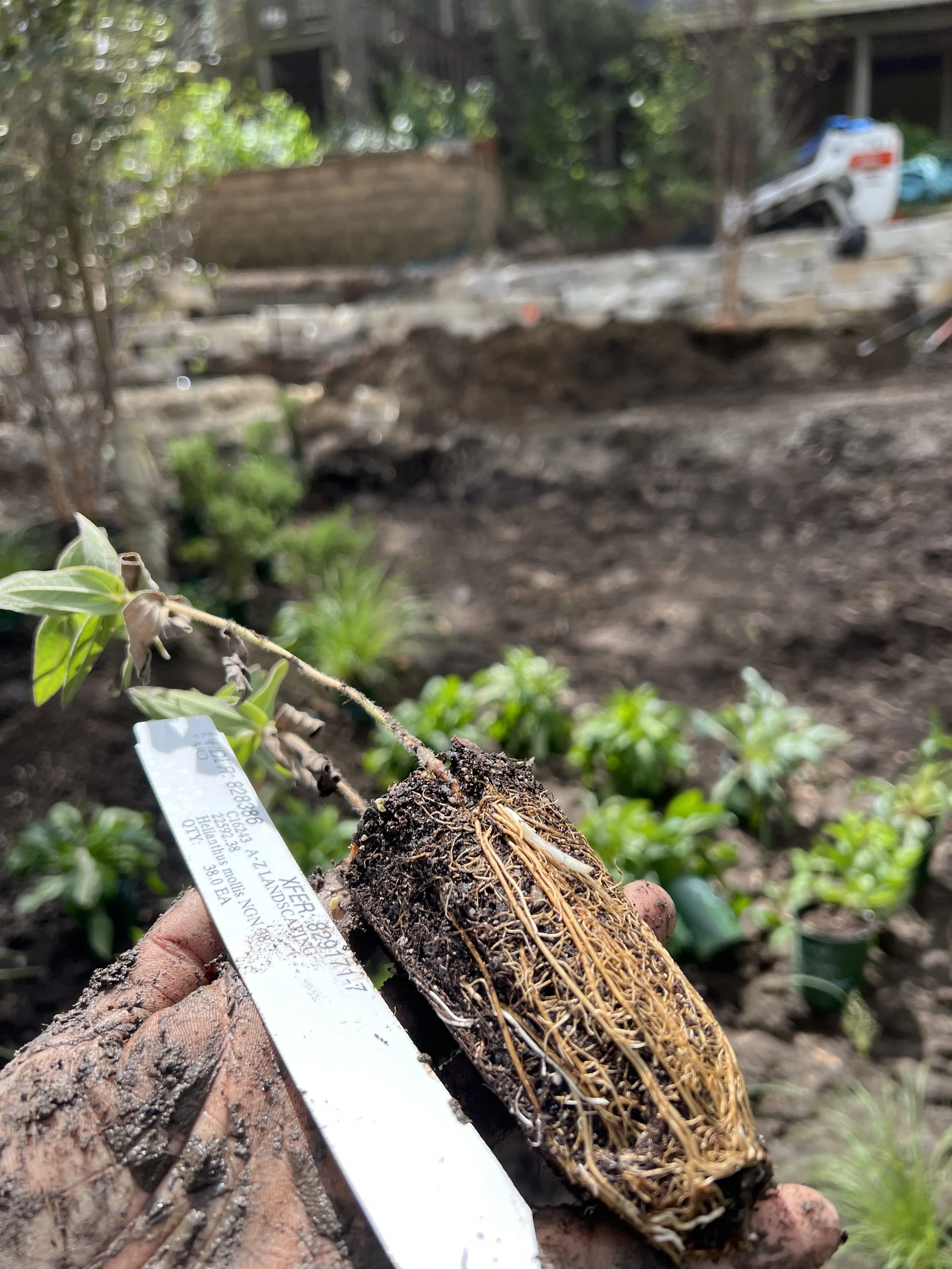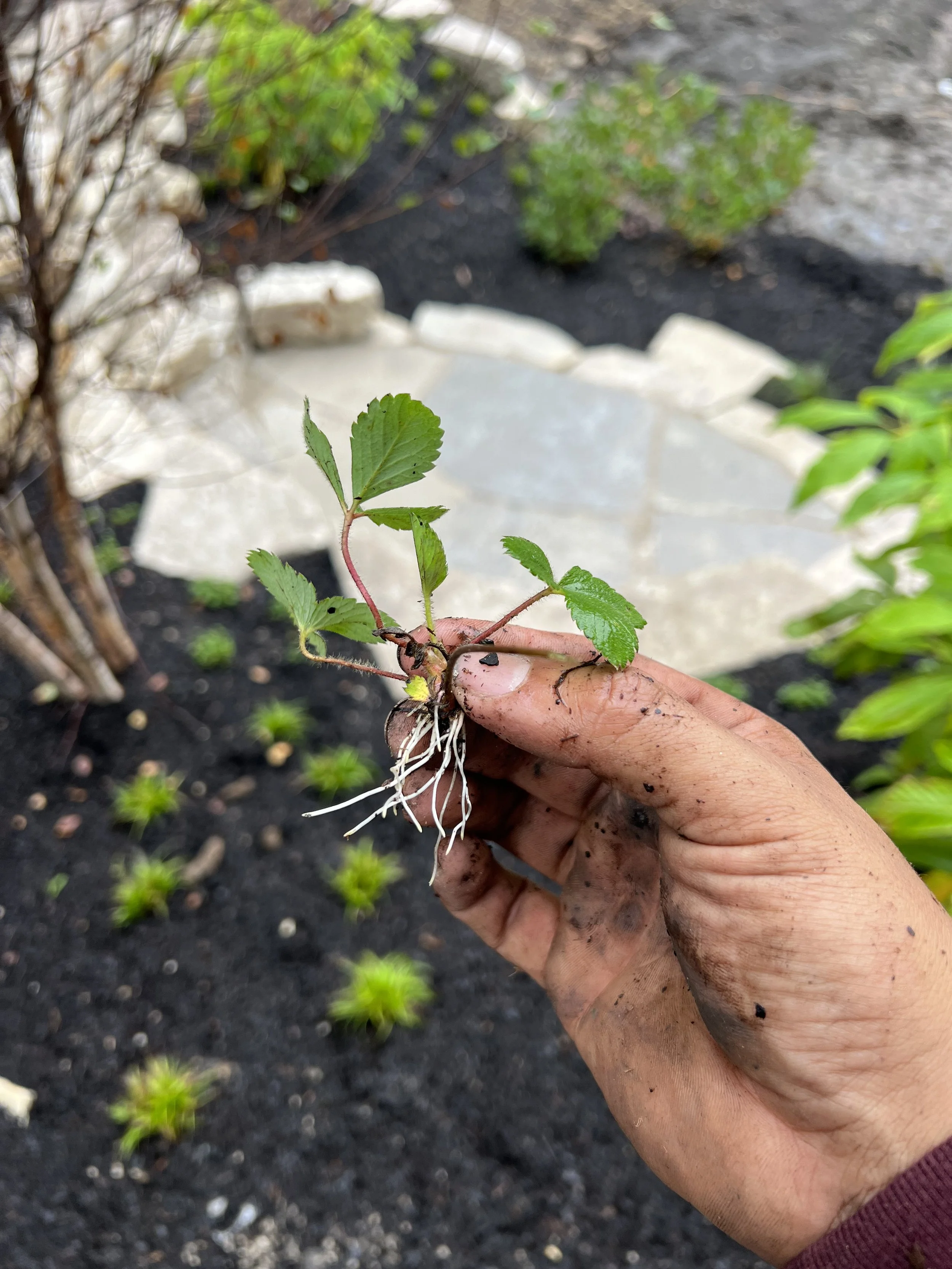
Native Landscapes
We offer full native landscapes that incorporate native ephemerals, perennials, shrubs and trees. We also offer the incorporation of native plants in existing landscapes. For example the incorporation of a couple native trees can be exactly what the native pollinators need to thrive. Oaks area good example of this science they house hundreds of insects species that are not a problem to home owners since they can be planted away from the residence. In a addition to this the oak canopies grow tall which allows for the natural process to be away from the spaces that would be used for recreation like patio spaces. All our native landscapes are designed and have modern day aesthetics in mind as well as functionality. Below some terms and planting theory is explained.
Complete Native Landscapes
This usually requires the removal of existing non natives. The plants are selected for existing soil profiles. Usually no invasive or non natives are used. Cultivars of native plants are also not used.
Integrated Native Landcapes
Depending on the intent some of the existing problematic or unwanted plants are removed. Then native plants are introduced periodically every year until the landscape is close to 70% native. This leaves space for non natives that are desired. The general rule is that the non natives that will remain are not aggressive or compete with the natives( ex. Buxus species, Japanese maple)
Key stone Plant incorporation
Key stone plant species are species that are integral for food web structures. Key stones plants are host for pollinators or a main pollinator source for many insects species. A impact to reverse the decline of our native plants habitats and pollinators could be accomplished if every home owner had at least a couple key stone species. This would mean neighbor hoods with hundreds of oaks and paw paw tree stands needed for native food webs.
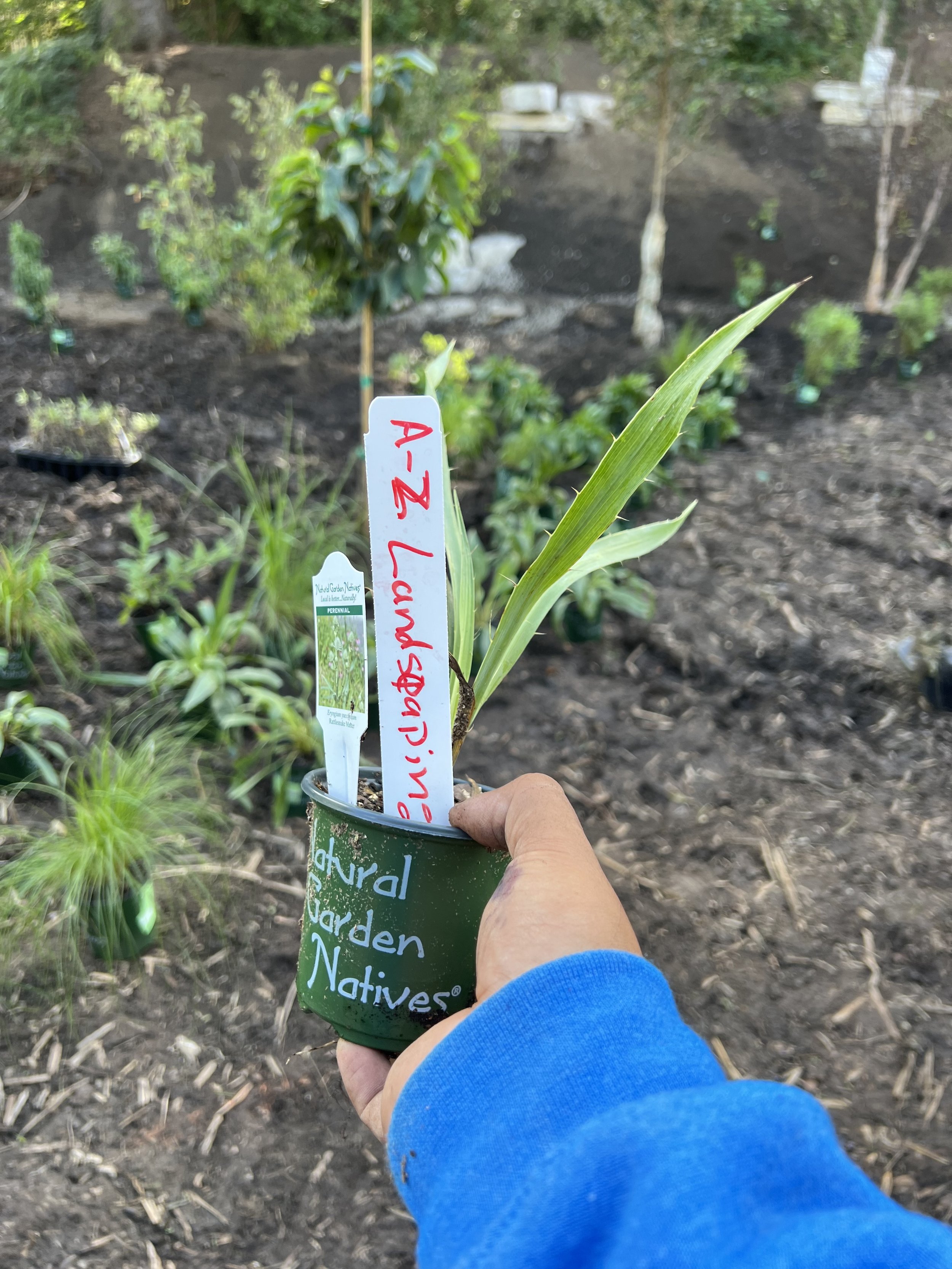
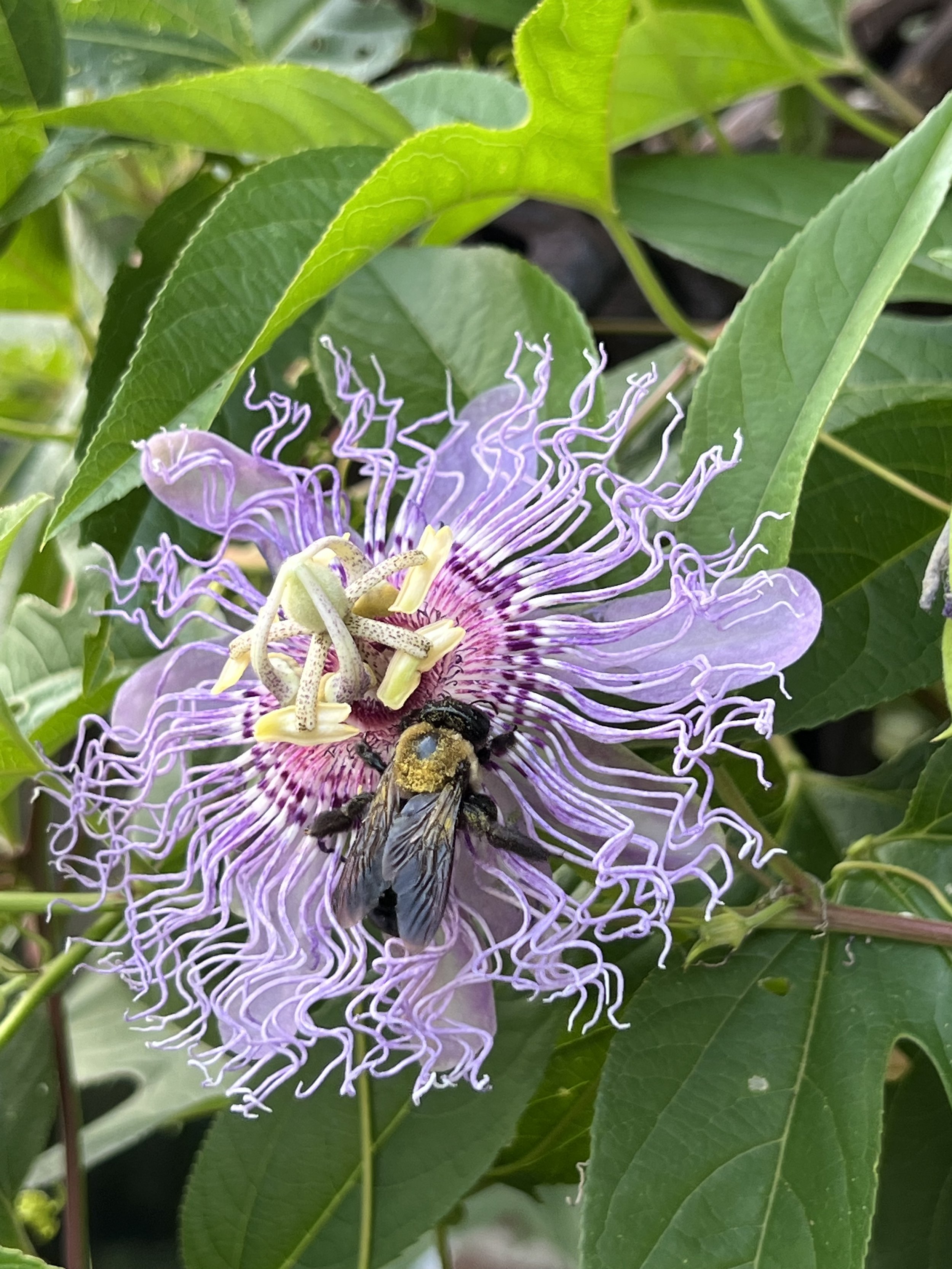
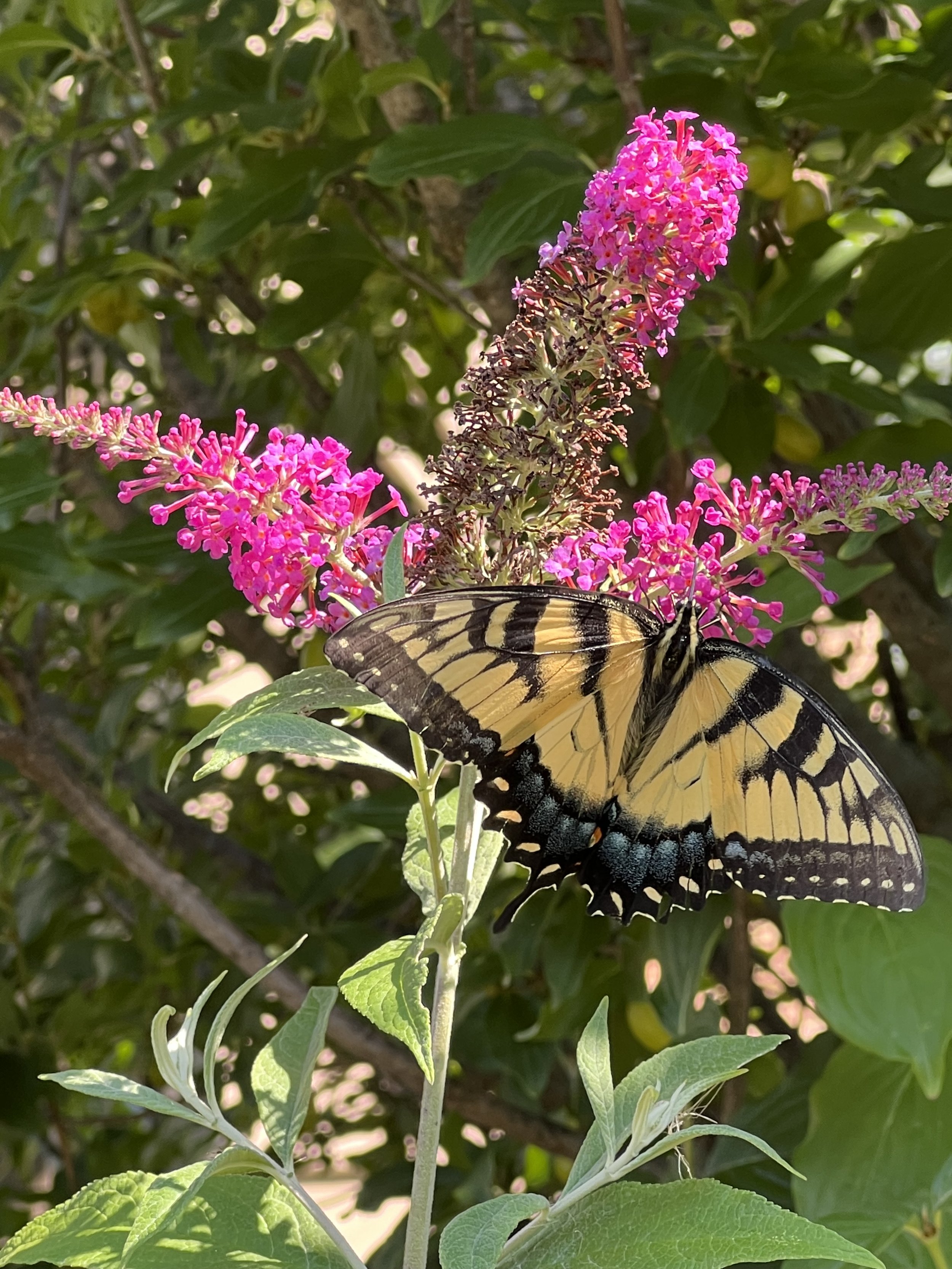
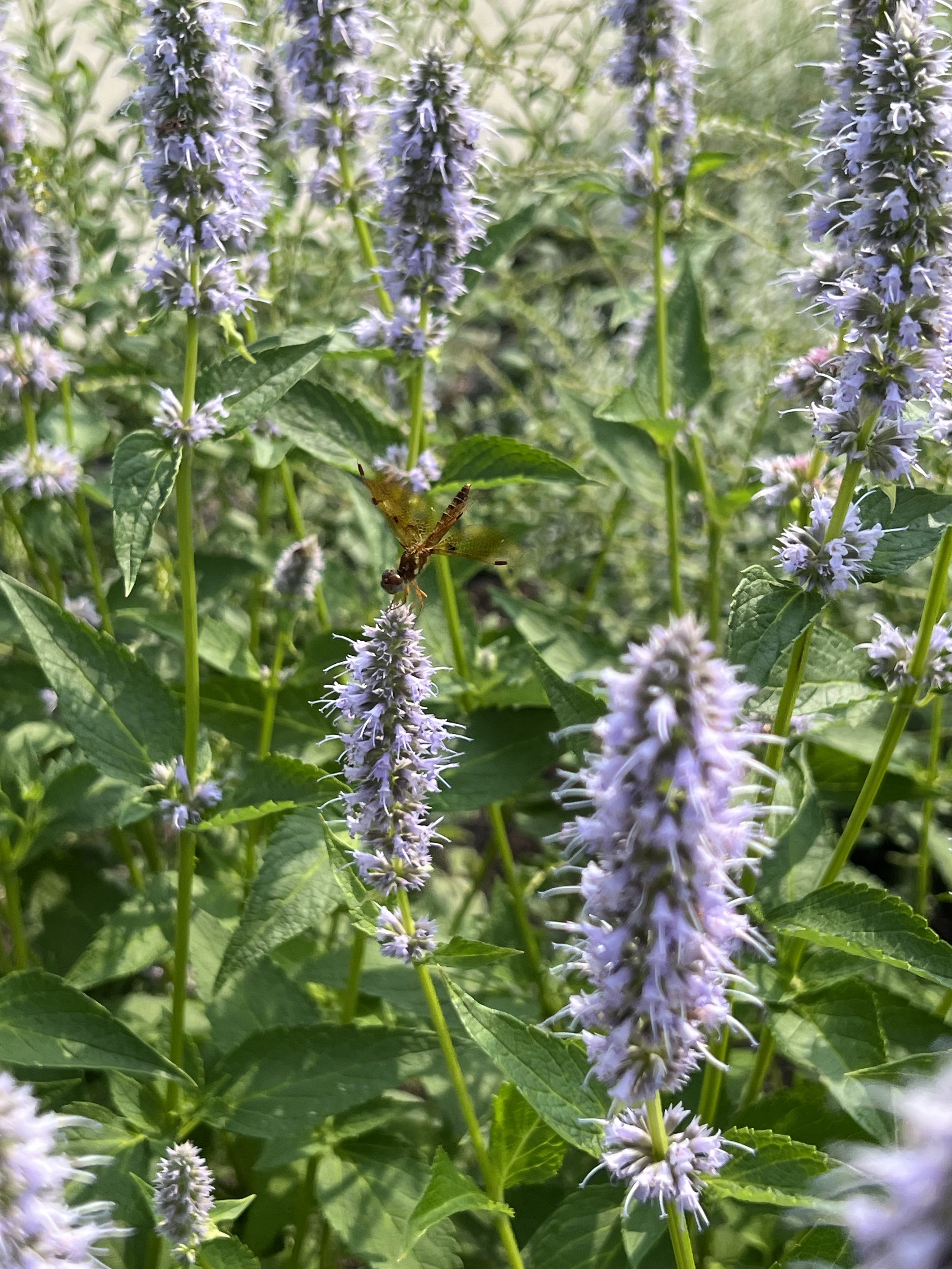

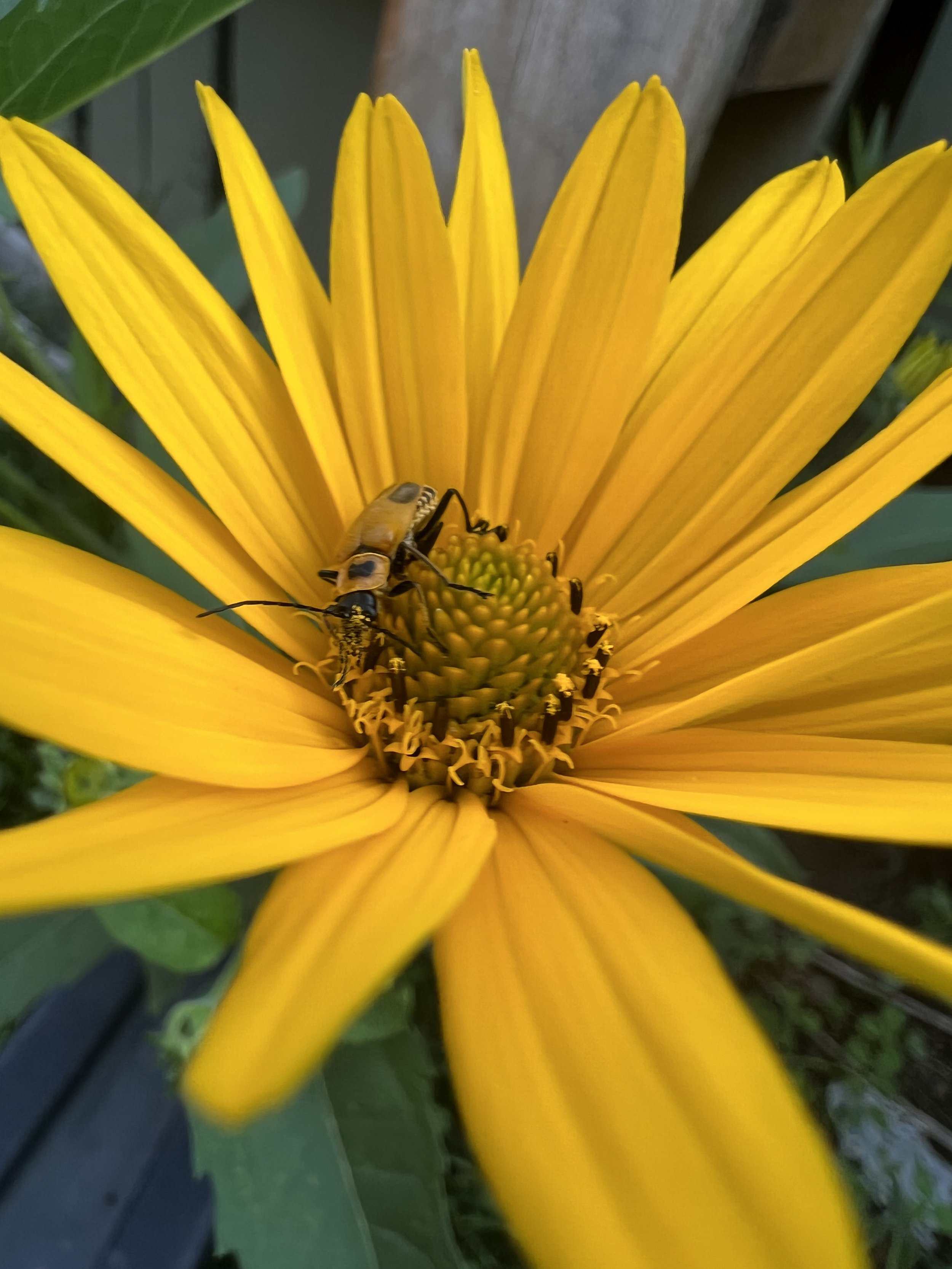
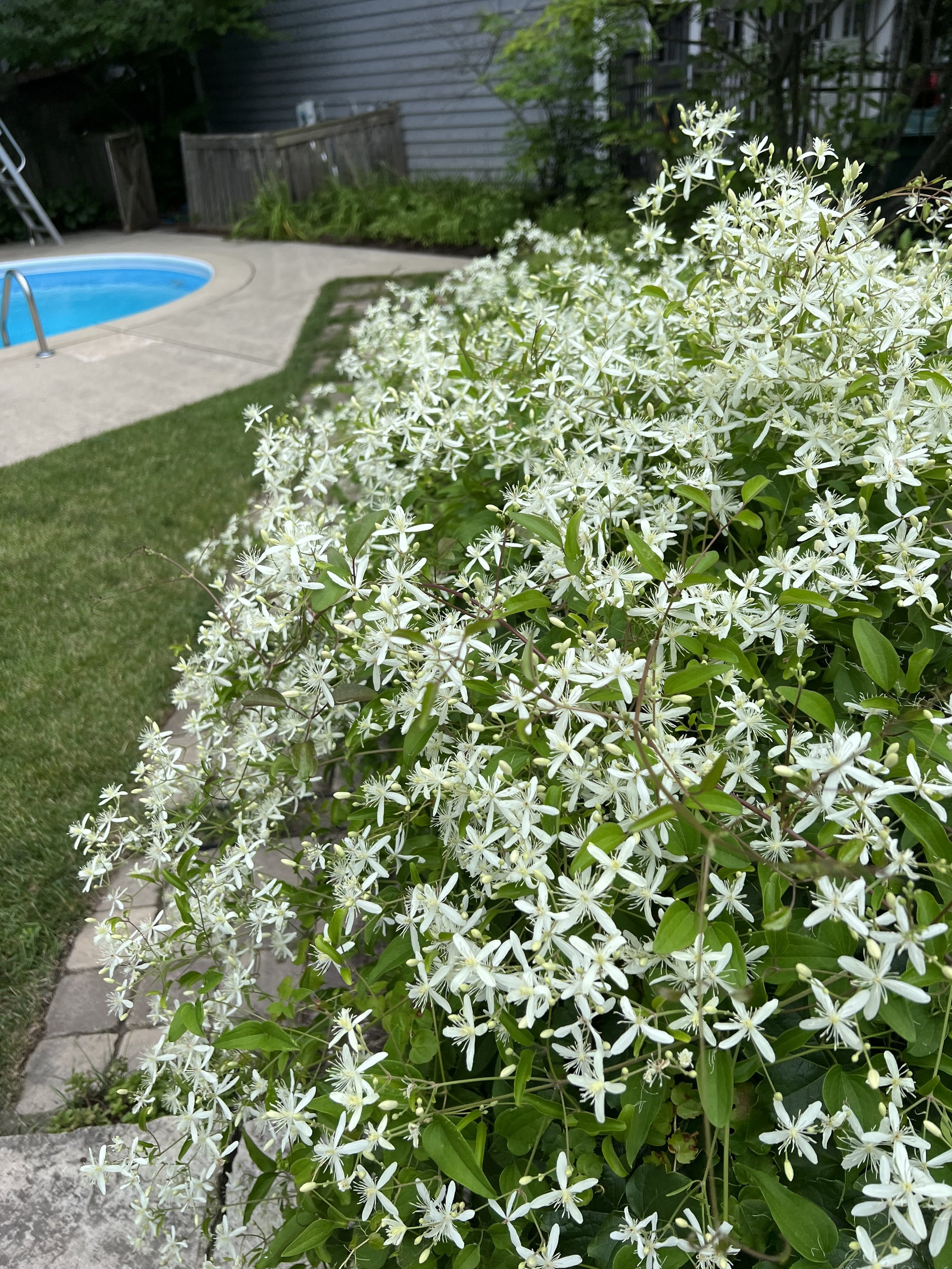
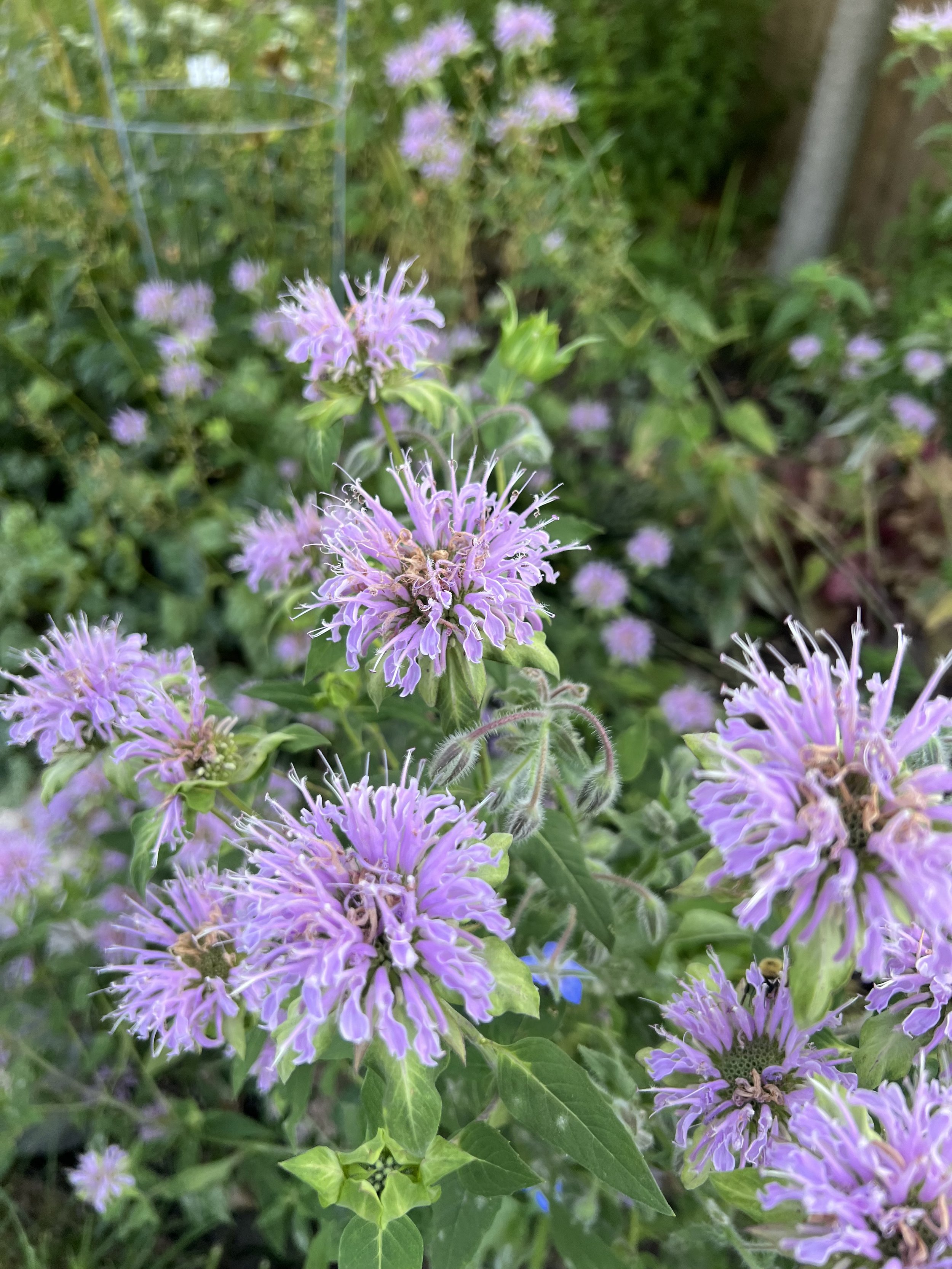

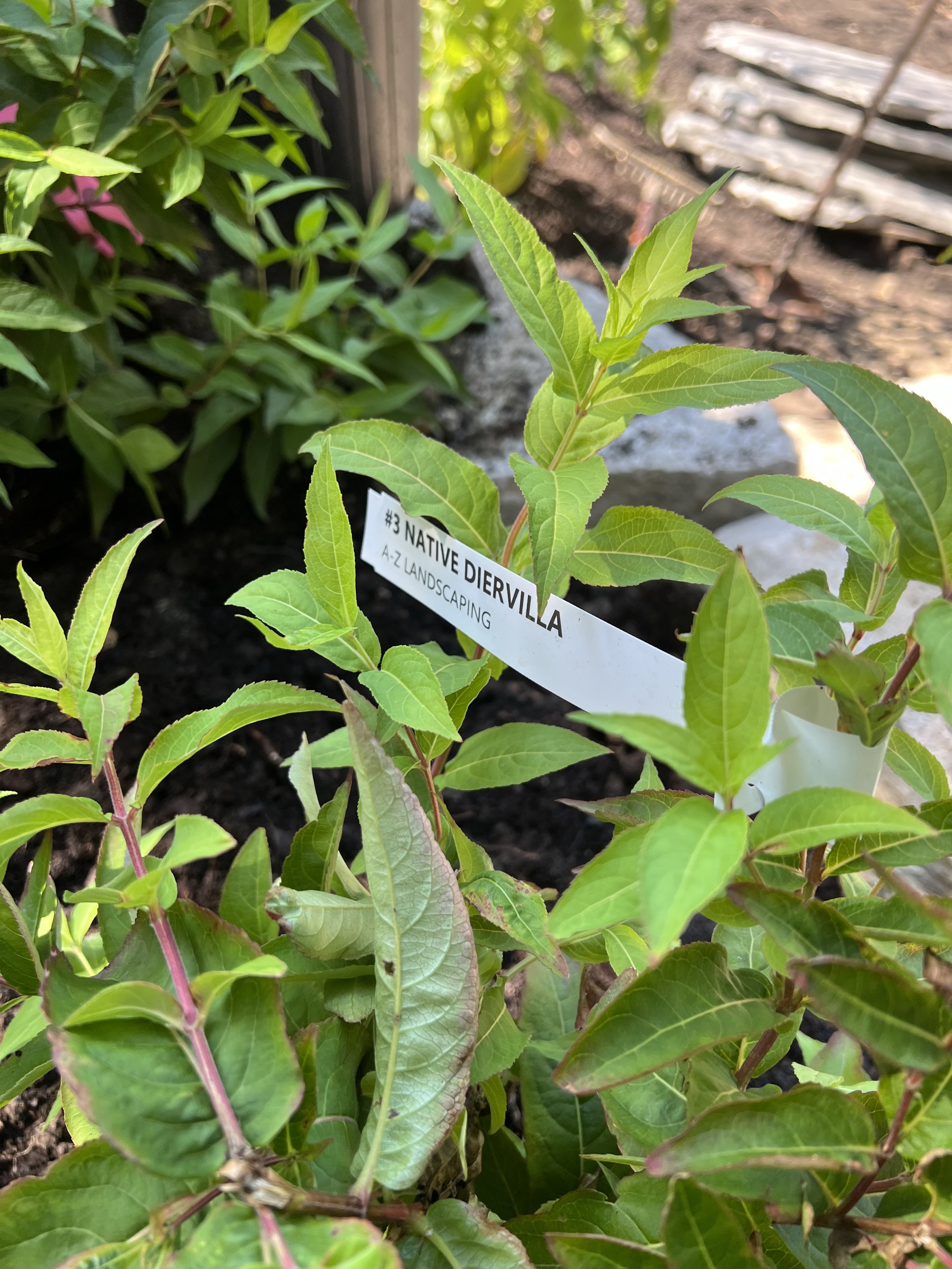
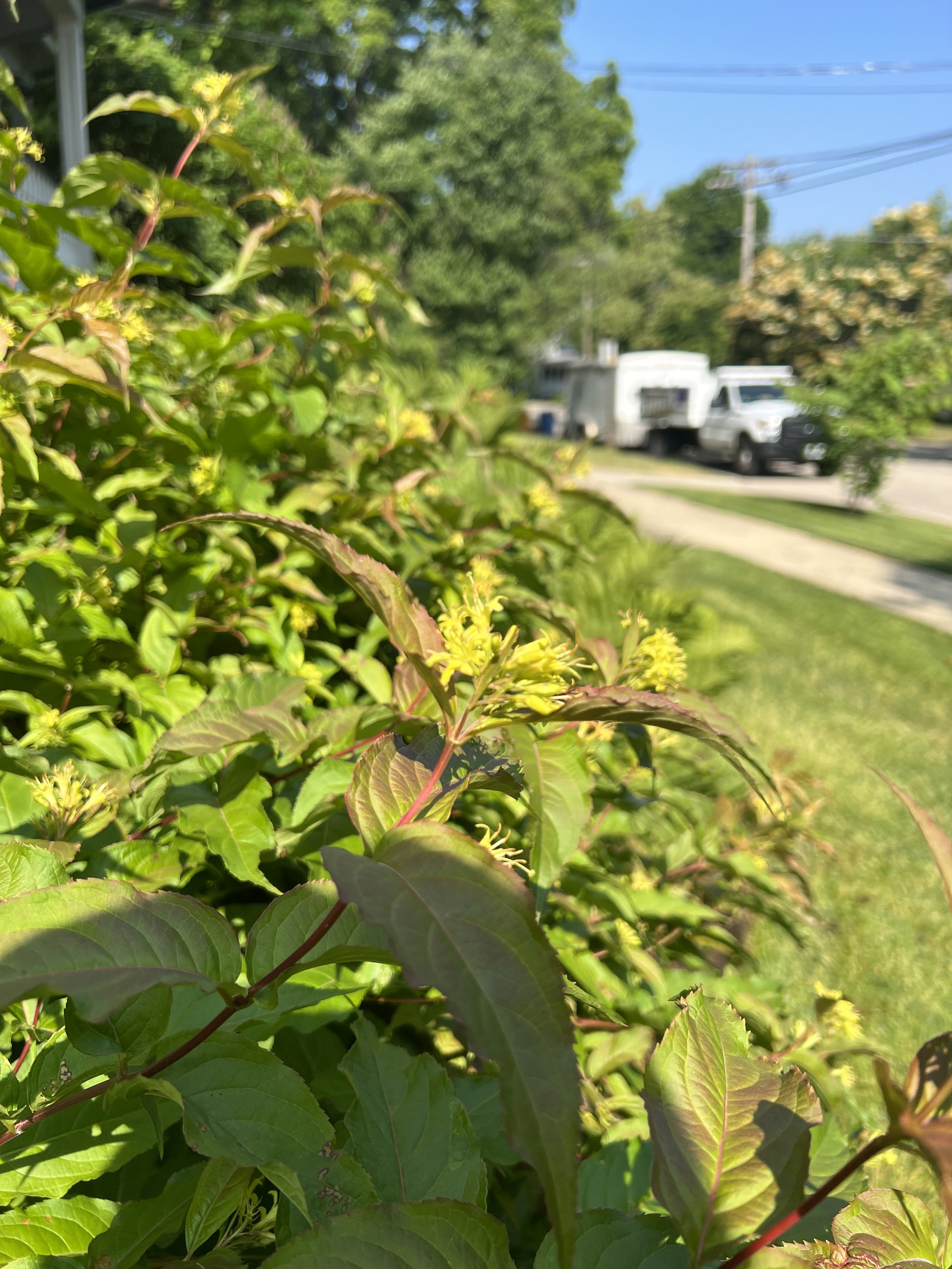
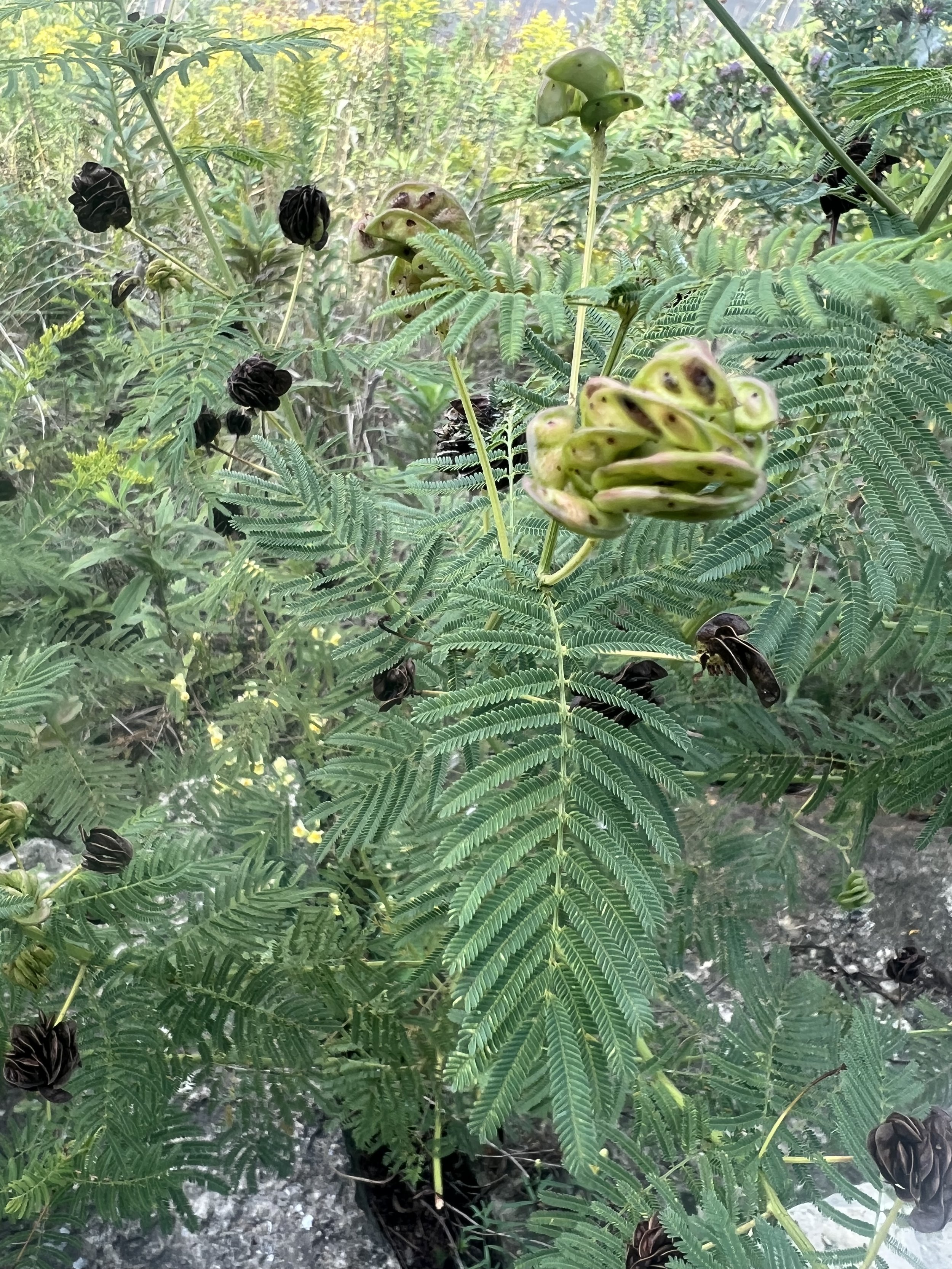
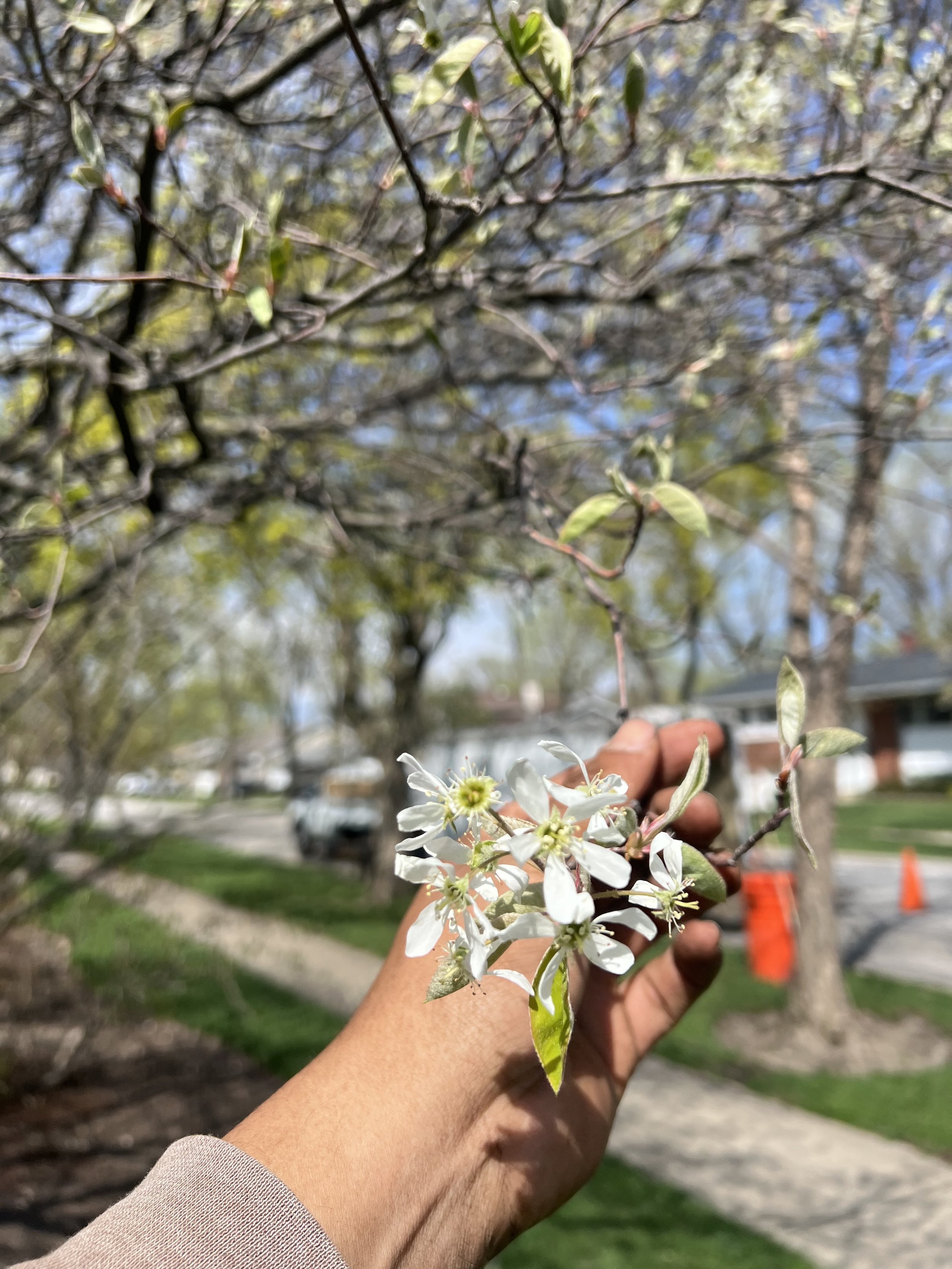
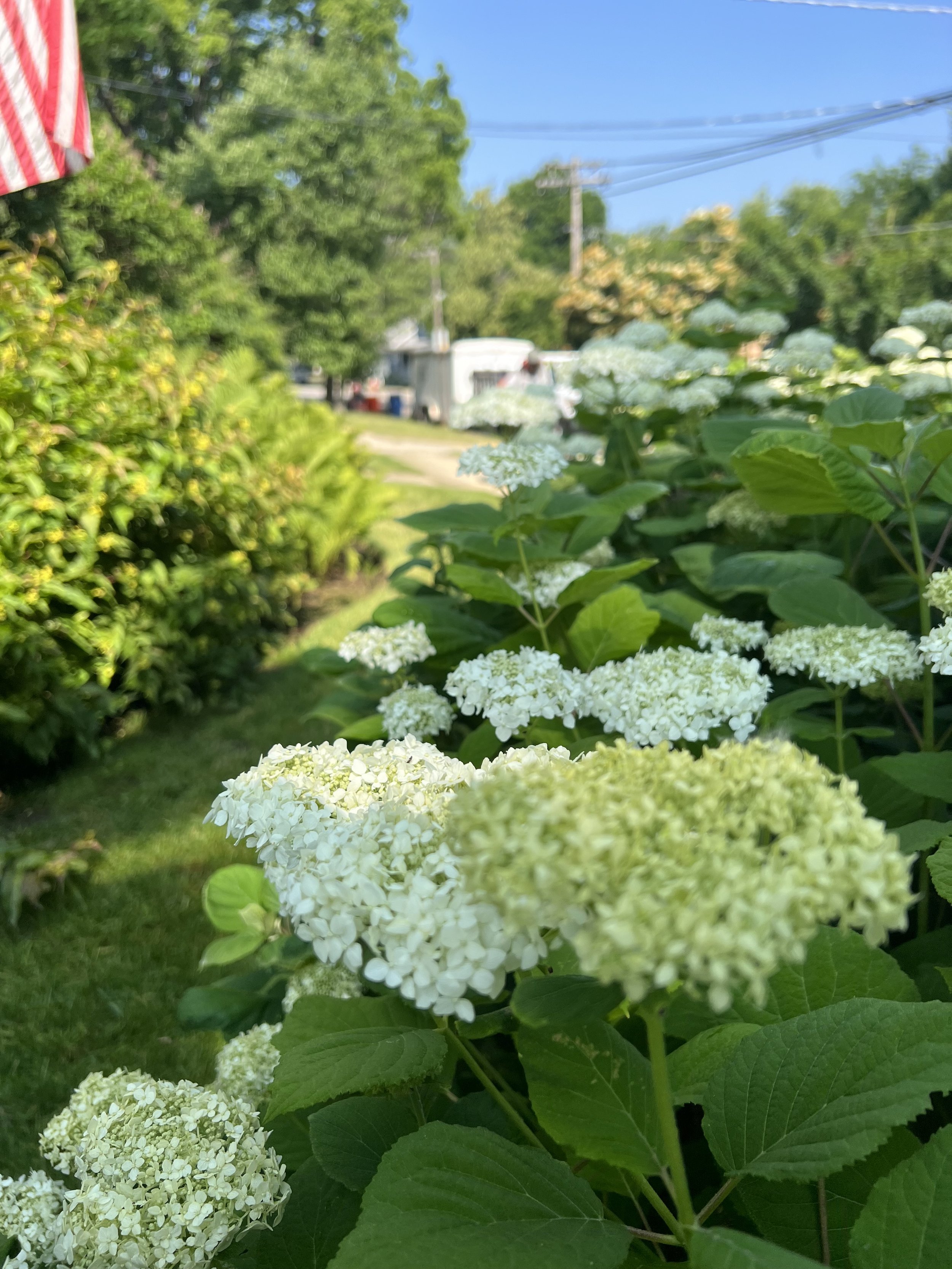
FAQs
What is a native straight species?
A native straight plant species is one that has no man made hybridization used and is usually obtained from a native nursery. These plants usually are sourced from the seeds in our area that makes them adaptable and low maintenance. Since the plants are stained from a natural un altered process the seeds all have slightly different genetic make up. This is preferred by native plant purest since it simulates what happens in a our native landscapes.
What is a cultivated variety native species (Nativars) ?
A cultivated variety of a native species is a plant that has hybridization and is selected for specific traits. A example of this is heliopolis which in its straight dorm is a a yellow flowering 3 foot perennial however there are natives of this plant that are shorter of have variation in the leafs. A benefit of cultivars is that they can be incorporated in formal gardens since they are usually more compose and smaller than their straight species counterparts. A big downside is that there is yet to be studies that determine if every nativar has the same benefits in the pollen for its pollinator.
Is there a size requirement for Native Landscapes?
The incorporation of Key stone plants can be done even in the smallest of lots. Usually a large tree can be used to accomplish this but it can also be done with a group planting of shrubs and perennials. The effect of the plants is amplified when there is a small section that is left undisturbed.
Are all native species invasive?
Recent there has been some alarm in using native for there apparent ability to take over landscapes. Some native plants species do have the ability to be vigorous and take over landscapes. However this is a small percentage and are also opportunist plants. Meaning that when a space has unfavorable circumstances like poor drainage it allows for only a couple plants species to grow and thrive (ex. Cat tails, Golden rods). That’s why we offer other services that can be used in combination to allow for more balanced landscapes (for example the predicting of water in water logged areas).
Are all non- native species problematic?
There has been a push to eliminate all non native plants and although this can have its benefits it is unrealistic. Most people have some non ornamental plant that has required effort and slow to grow. Some non natives are actually slow growing and don’t reproduce easily. Ecologist agree that there is some margin for the incorporation of non natives as long as they meet some requirements. They would have to lack any advantage over native plants for example emerging earlier in the spring ( ex. Buckthorn, honeysuckle).

